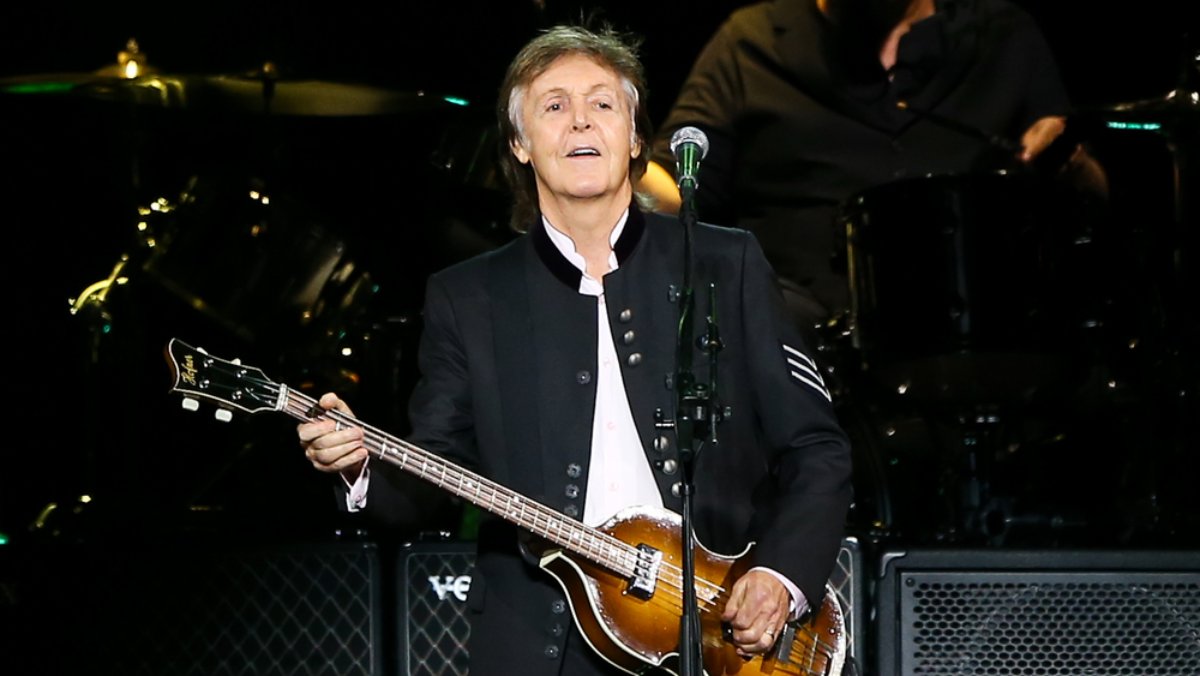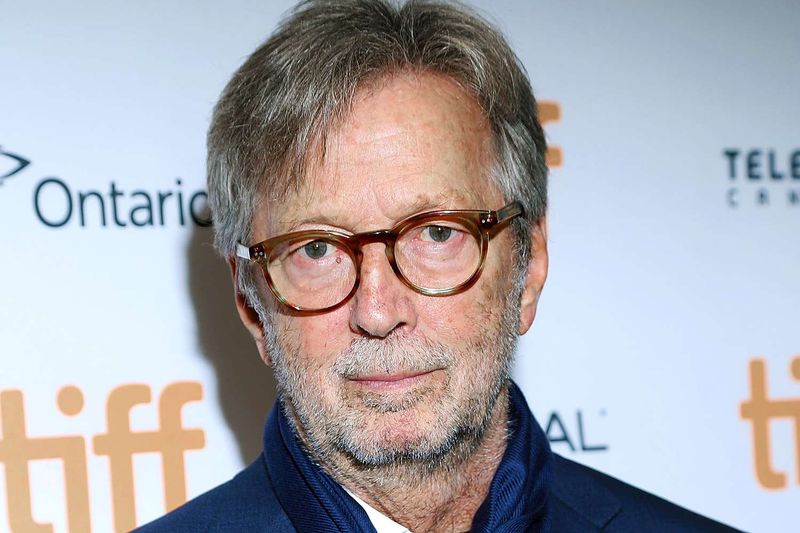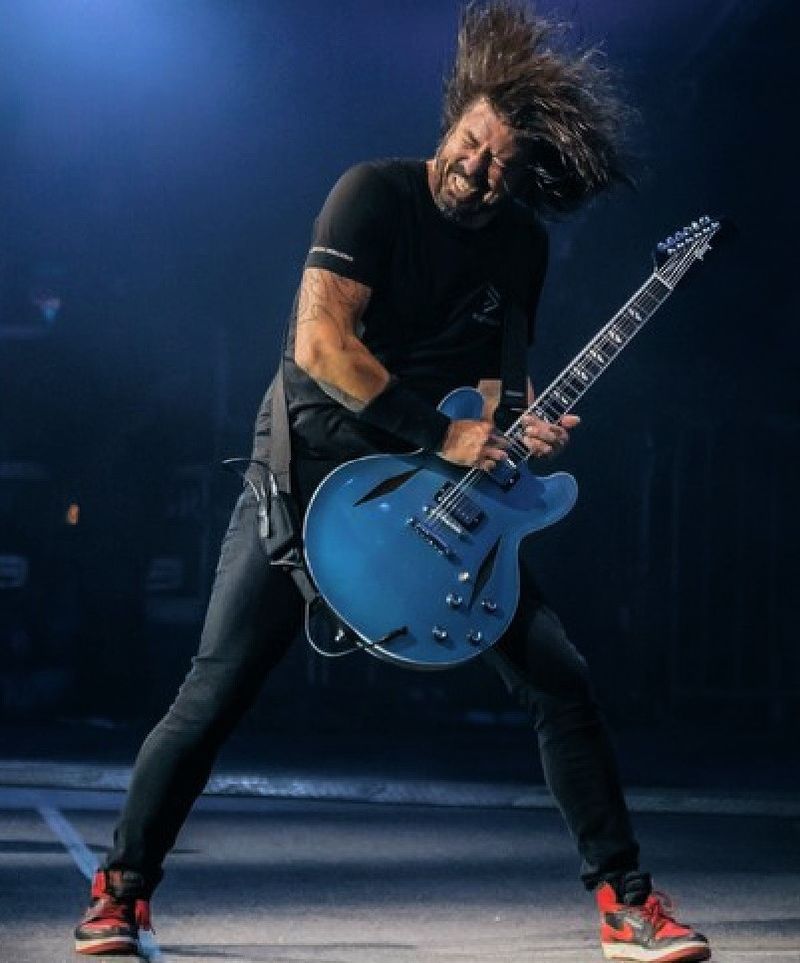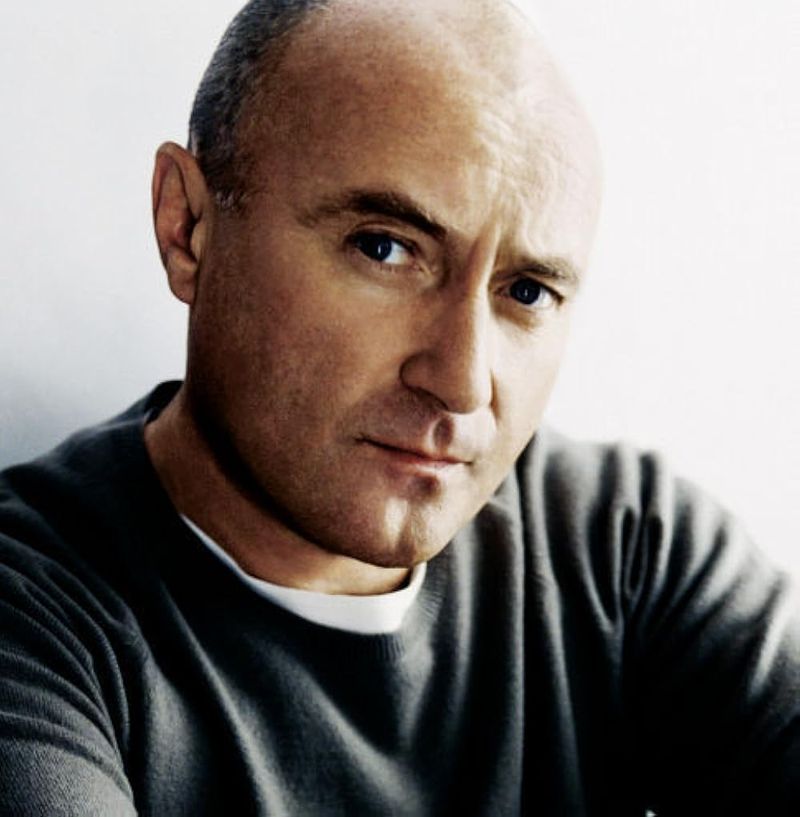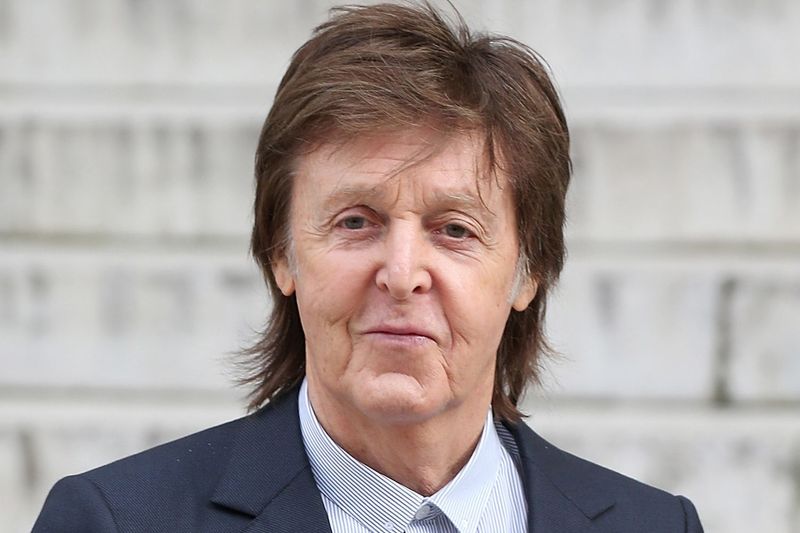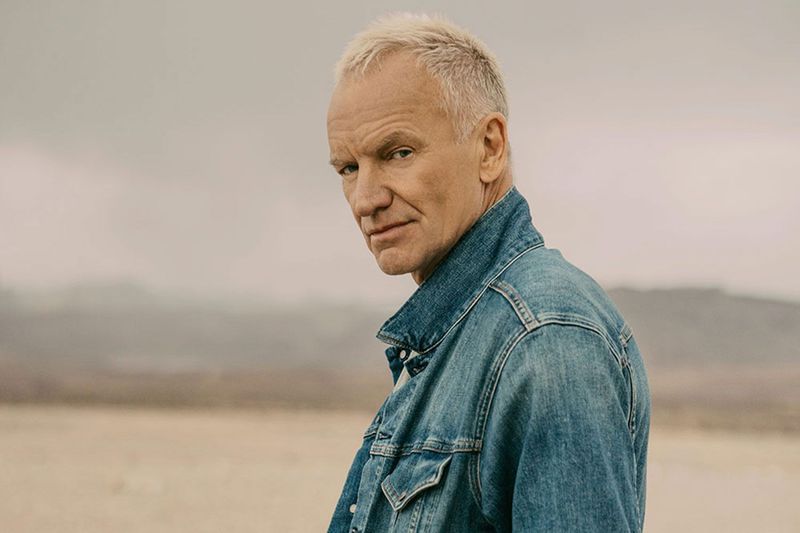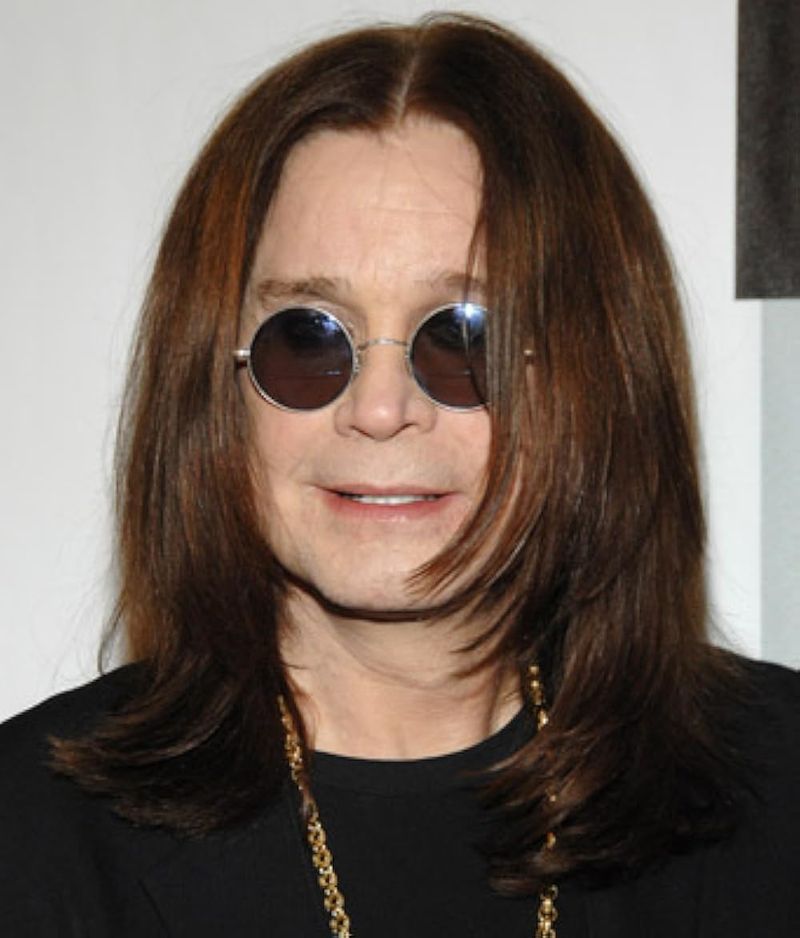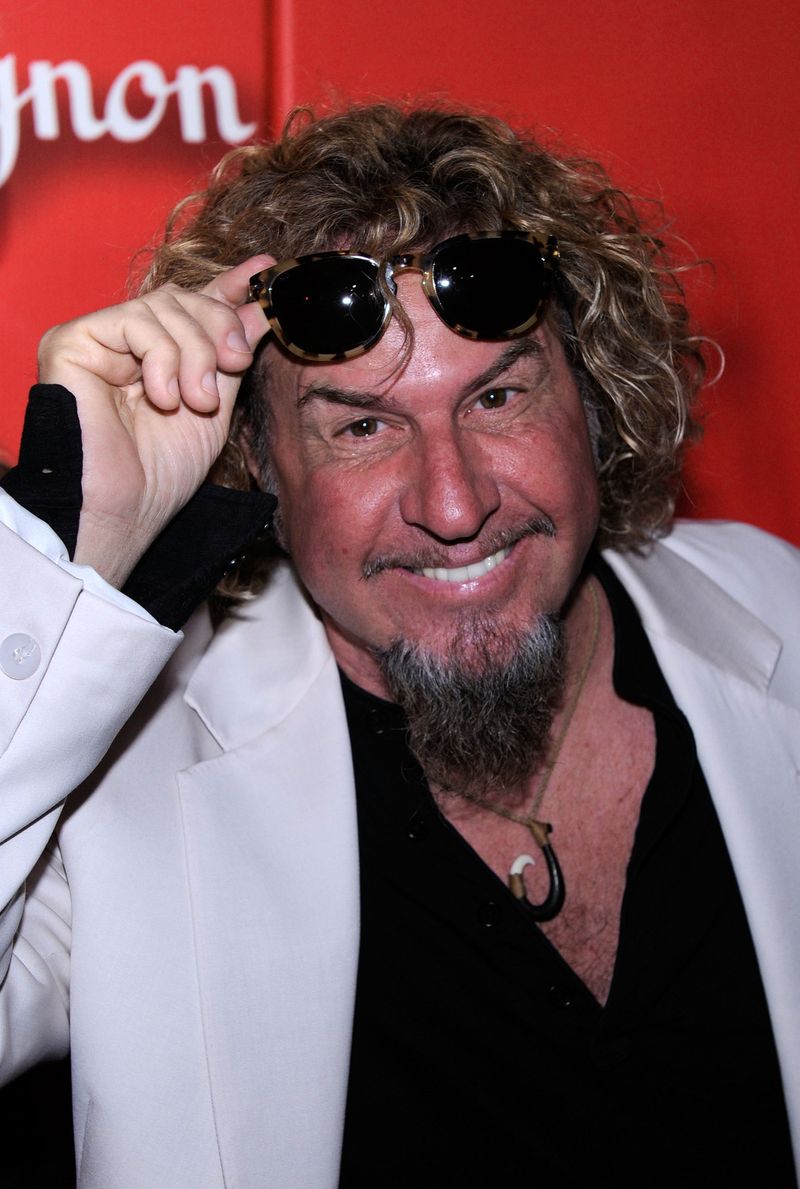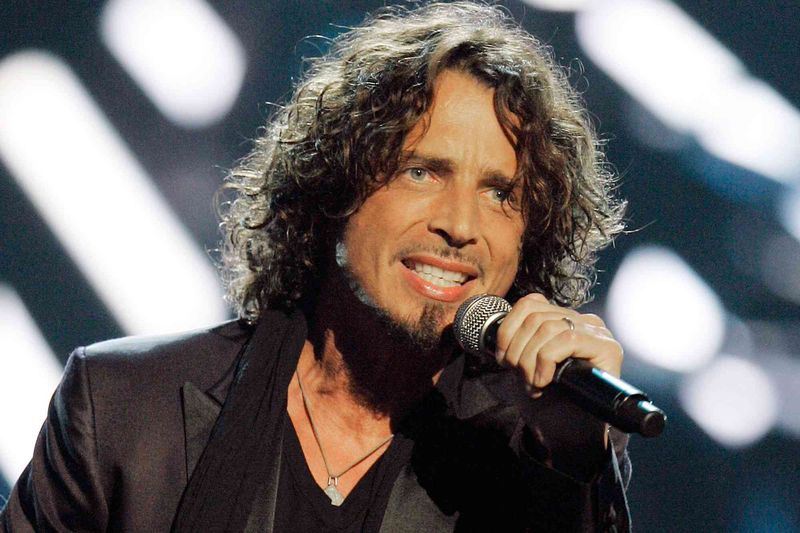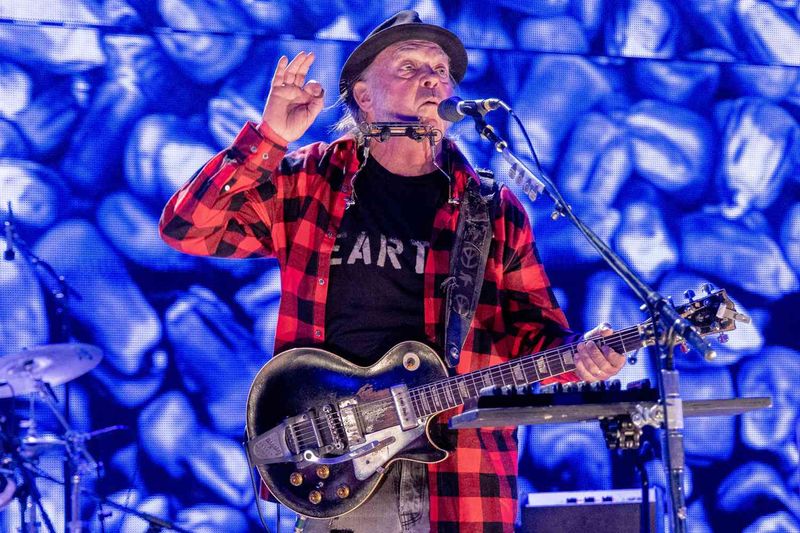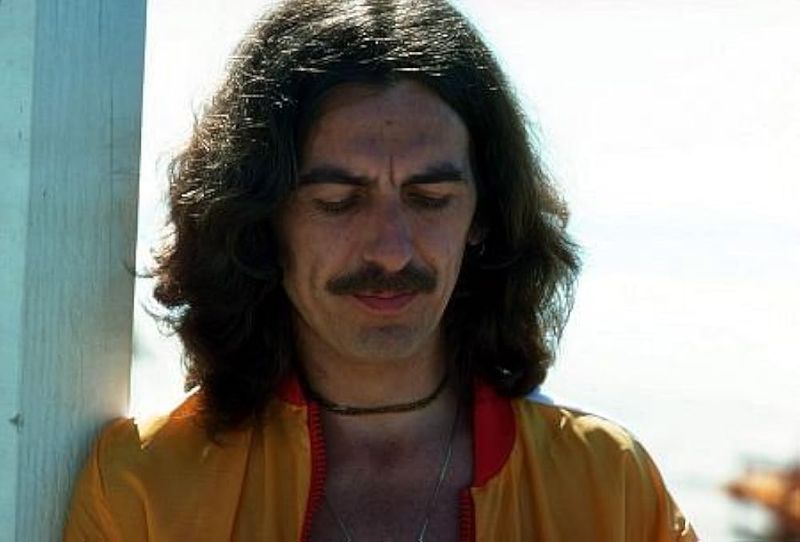Music history is filled with talented artists who didn’t limit their creativity to just one band. These musical chameleons found success across different groups, often exploring new sounds and styles along the way. Their ability to reinvent themselves shows just how adaptable and gifted they truly are.
1. Eric Clapton
The guitar virtuoso began his legendary career with The Yardbirds in the 1960s, helping pioneer the British blues explosion. When the band’s direction became too pop-oriented for his taste, Clapton joined John Mayall’s Bluesbreakers before forming the supergroup Cream with Ginger Baker and Jack Bruce.
After Cream dissolved, he created Derek and the Dominos, producing the timeless album ‘Layla and Other Assorted Love Songs.’
2. Dave Grohl
Starting as the powerhouse drummer for grunge pioneers Nirvana, Grohl’s thunderous beats helped define the sound of 1990s alternative rock. Following Kurt Cobain’s tragic death, rather than remaining behind the kit, Grohl stepped into the spotlight as guitarist, vocalist, and songwriter for Foo Fighters.
His transformation from background musician to frontman showcased unexpected versatility. Foo Fighters evolved from a one-man project into a full-fledged rock institution, proving Grohl’s musical gifts extended far beyond drumming. His journey represents one of rock’s most successful second acts.
3. Phil Collins
Originally joining Genesis as their drummer in 1970, Collins unexpectedly became the band’s lead vocalist after Peter Gabriel’s departure in 1975. This career pivot revealed his exceptional singing talents, allowing Genesis to achieve their greatest commercial success during the Collins-led era.
While maintaining his Genesis responsibilities, Collins launched a parallel solo career that produced massive hits like ‘In the Air Tonight’ and ‘Against All Odds.’ His distinctive voice and drumming skills made him instantly recognizable in both contexts.
4. Paul McCartney
After the Beatles’ breakup shattered music fans worldwide, McCartney quickly proved he could thrive beyond the world’s biggest band. Forming Wings with his wife Linda and guitarist Denny Laine, he created a new musical identity that dominated 1970s pop charts with hits like ‘Band on the Run’ and ‘Live and Let Die.’
Wings allowed McCartney to showcase his boundless creativity and melodic genius in a fresh context. The band achieved commercial success that rivaled even the Beatles in album sales during their peak years.
5. Sting
As the frontman for The Police, Sting helped create a distinctive sound blending punk, reggae and jazz influences into chart-topping hits. His hypnotic bass playing and unmistakable vocals defined classics like ‘Roxanne’ and ‘Every Breath You Take.’
When The Police disbanded at their commercial peak, Sting embarked on a solo journey that incorporated world music, classical elements, and jazz fusion. His solo work revealed artistic depths barely hinted at during his Police years. By refusing to repeat himself, Sting maintained creative relevance across decades while constantly exploring new musical territories.
6. Ozzy Osbourne
The ‘Prince of Darkness’ first shocked audiences as Black Sabbath’s wild-eyed frontman, helping invent heavy metal with his haunting vocals over Tony Iommi’s doom-laden riffs. After substance abuse led to his firing from Sabbath in 1979, many assumed Osbourne’s career was finished.
Instead, he assembled an exceptional solo band featuring guitar prodigy Randy Rhoads. Albums like ‘Blizzard of Ozz’ and ‘Diary of a Madman’ revitalized his career completely.
7. Jack White
The mastermind behind The White Stripes created a raw, stripped-down garage rock revival alongside drummer Meg White. Their red-and-white aesthetic and Jack’s howling vocals made them instantly recognizable during the early 2000s indie explosion.
Not content with just one creative outlet, White formed The Raconteurs with Brendan Benson, exploring more structured power-pop compositions. He later founded The Dead Weather with Alison Mosshart, embracing darker, heavier sounds while taking a step back as drummer rather than frontman.
Each project showcased different facets of White’s musical personality while maintaining his analog recording philosophy.
8. Sammy Hagar
The ‘Red Rocker’ first gained attention with hard rock pioneers Montrose, whose self-titled debut became a major influence on countless bands. After establishing himself as a solo artist with hits like ‘I Can’t Drive 55,’ Hagar took on the seemingly impossible task of replacing David Lee Roth in Van Halen.
Against all odds, the ‘Van Hagar’ era produced four consecutive #1 albums and some of the band’s biggest hits. Later forming the supergroup Chickenfoot with Joe Satriani and former Van Halen bandmate Michael Anthony, Hagar proved his adaptability across decades.
His powerful vocals and positive energy became his trademark across all musical ventures.
9. Chris Cornell
Possessing one of rock’s most powerful and versatile voices, Cornell first emerged as Soundgarden’s charismatic frontman during Seattle’s grunge explosion. His four-octave vocal range and introspective lyrics helped the band transcend genre limitations on albums like the groundbreaking ‘Superunknown.’
After Soundgarden’s breakup, Cornell joined former Rage Against the Machine members to form Audioslave, creating a unique sound that blended his melodic sensibilities with their revolutionary intensity. The supergroup released three successful albums showcasing Cornell’s remarkable vocal adaptability.
10. Neil Young
The restless musical explorer began his journey with Buffalo Springfield, helping craft folk-rock classics like ‘For What It’s Worth.’ Never one to stay in a single musical lane, Young joined supergroup Crosby, Stills, Nash & Young, adding his distinctive voice and guitar style to their harmony-rich sound.
Throughout these collaborations, Young maintained a prolific solo career spanning acoustic folk, hard rock, electronic experimentation, and country. His work with backing band Crazy Horse produced some of rock’s most intense guitar explorations.
11. George Harrison
Often overshadowed by Lennon and McCartney within the Beatles, Harrison’s distinctive guitar work and growing songwriting contributions were vital to the band’s evolution. Classics like ‘Something’ and ‘While My Guitar Gently Weeps’ revealed his immense talents that had been developing quietly.
After the Beatles dissolved, Harrison found another perfect musical home with the Traveling Wilburys, joining legends Bob Dylan, Tom Petty, Roy Orbison and Jeff Lynne. This supergroup allowed Harrison to collaborate as an equal with his musical peers.
The Wilburys’ relaxed, organic sound perfectly complemented Harrison’s understated style, highlighting his subtle brilliance in a new context.
